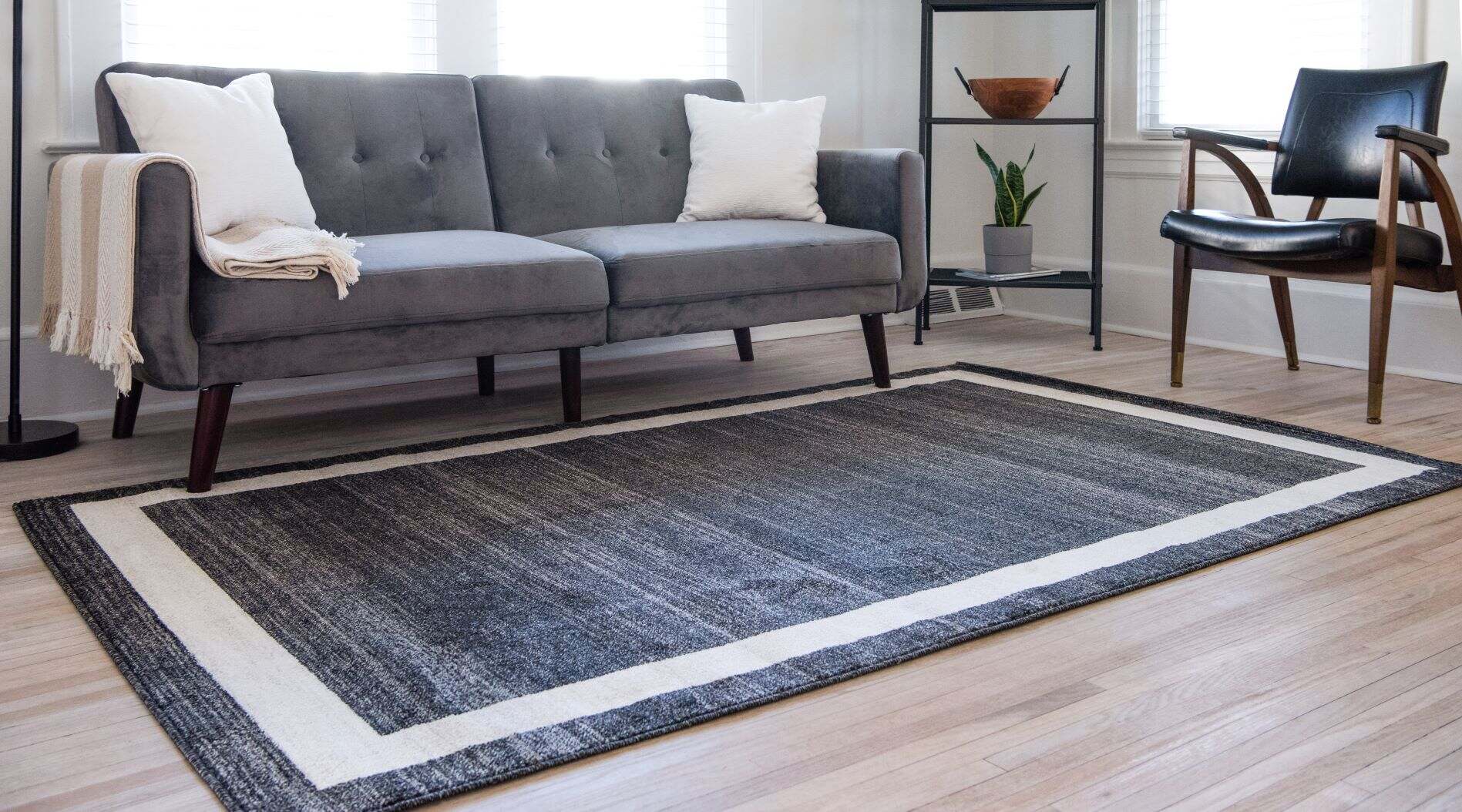

Articles
What Pile Rug Is Best For A Living Room
Modified: January 19, 2024
Discover the best pile rug for your living room with our informative articles. Find expert tips and advice on choosing the perfect rug to complement your space.
(Many of the links in this article redirect to a specific reviewed product. Your purchase of these products through affiliate links helps to generate commission for Storables.com, at no extra cost. Learn more)
Introduction
Welcome to the world of pile rugs, where style meets comfort and functionality. If you’re looking to enhance the aesthetics of your living room while adding a touch of warmth and coziness, a pile rug can be the perfect addition. But with so many options available, how do you choose the best pile rug for your living room? That’s where we come in.
In this comprehensive guide, we’ll delve into the factors you should consider when selecting a pile rug for your living room, explore the different types of pile rugs available, compare various pile rug materials, discuss the importance of pile height, guide you in choosing the appropriate rug size, provide styling tips to incorporate a pile rug into your living room decor, and offer tips for maintaining and caring for your pile rug.
By the end of this article, you’ll have all the knowledge you need to make an informed decision and create a living room space that’s both visually appealing and comfortable.
Key Takeaways:
- Choose a pile rug that complements your living room’s style, offers durability, and aligns with your maintenance preferences. Consider factors like comfort, budget, and environmental impact to make an informed decision.
- Incorporate a pile rug into your living room decor by using it as a focal point, layering rugs for dimension, and considering color palettes and textures. Proper maintenance and care will ensure your rug stays vibrant and inviting for years to come.
Read more: What Does Pile Mean For Rugs
Factors to consider when choosing a pile rug for a living room
Choosing the right pile rug for your living room involves considering several important factors. Each factor contributes to the overall functionality and aesthetics of your space. Let’s take a closer look at these factors:
- Style and Design: The style and design of the pile rug should complement the existing décor in your living room. Consider the color scheme, patterns, and overall aesthetic appeal of the rug to ensure it harmonizes with the room’s ambiance.
- Durability: A living room rug is exposed to regular foot traffic and potential spills, so it’s important to choose a durable material that can withstand high usage. Look for rugs made from sturdy materials like wool, nylon, or synthetic blends.
- Maintenance: Consider the level of maintenance required to keep the rug clean and in good condition. Some rugs may require regular vacuuming, while others may call for professional cleaning. Choose a rug that aligns with your lifestyle and maintenance preferences.
- Comfort: The comfort level of a pile rug is crucial, especially in a living room where you may spend a considerable amount of time sitting or walking barefoot. Look for rugs with a plush pile and cushioning that provides softness and comfort underfoot.
- Budget: Set a budget for your pile rug purchase to help narrow down your options and ensure you stay within your financial means. Remember to consider not just the initial cost but also long-term maintenance expenses.
- Size: Measure the size of your living room and determine the appropriate rug size accordingly. Ideally, a living room rug should be large enough to anchor the furniture and create a defined seating area.
- Environmental Considerations: If you have specific environmental concerns, such as sustainability or allergies, opt for rugs made from organic or eco-friendly materials. Additionally, choose rugs that are low in VOC (volatile organic compounds) to promote better indoor air quality.
By considering these factors, you can make a well-informed decision when choosing a pile rug for your living room. Next, let’s explore the different types of pile rugs available to further assist you in your selection process.
Understanding different types of pile rugs
Pile rugs come in various types, each with its own unique characteristics and construction methods. Understanding the different types of pile rugs will help you choose the one that best suits your living room style and needs. Here are some popular types:
- Wool: Wool pile rugs are known for their durability and natural stain resistance. They have a luxurious feel and offer great insulation, making them ideal for colder climates. Wool rugs also have natural flame-resistant properties.
- Cotton: Cotton pile rugs are lightweight and easy to maintain. They are highly versatile and available in a wide range of colors and patterns. Cotton rugs are generally more affordable and suitable for low-traffic areas of the living room.
- Synthetic Fibers: Synthetic fibers like nylon, polyester, and polypropylene are commonly used to create pile rugs. These fibers offer excellent stain resistance and are easy to clean. Synthetic rugs are also budget-friendly and hold up well in high-traffic areas.
- Silk: Silk pile rugs are considered a luxury option due to their softness and elegance. They have a shiny appearance and reflect light beautifully. Silk rugs are best suited for low-traffic areas as they can be delicate and require special care.
- Blend: Many pile rugs are made from a blend of fibers, combining the best features of each material. For example, a wool-synthetic blend can offer the durability of wool with the stain resistance of synthetic fibers. Blended pile rugs provide a balance of comfort, durability, and affordability.
- Hand-Knotted: Hand-knotted rugs are crafted by skilled artisans who intricately tie each knot by hand. These rugs are known for their exceptional quality and durability. Hand-knotted pile rugs often feature stunning patterns and designs, making them a statement piece in any living room.
- Machine-Made: Machine-made pile rugs are mass-produced using advanced weaving techniques. They offer a wide range of styles and designs at a more affordable price point. While not as durable as hand-knotted rugs, machine-made options are a popular choice due to their accessibility.
By understanding the characteristics and construction methods of different types of pile rugs, you can make an informed decision based on your preferences and requirements. Next, let’s explore the significance of pile height in choosing a rug for your living room.
Comparing various pile rug materials
When choosing a pile rug for your living room, it’s essential to consider the different materials used in their construction. The material of the rug not only affects its appearance but also its durability, maintenance requirements, and overall performance. Let’s compare some common pile rug materials:
- Wool: Wool rugs are widely regarded as a top choice due to their durability and natural resilience. They have excellent stain resistance and are easy to clean. Wool rugs also provide insulation and warmth, making them suitable for colder climates. Additionally, wool fibers have a natural ability to retain their shape, ensuring long-lasting performance.
- Cotton: Cotton rugs are soft, lightweight, and affordable. They are easy to clean and maintain, as most cotton rugs are machine washable. However, cotton rugs may be less durable compared to materials like wool and synthetic fibers. They are suitable for low-traffic areas or rooms where comfort and affordability are priorities.
- Synthetic Fibers: Synthetic fibers like nylon, polyester, and polypropylene are popular choices for pile rugs. These materials offer excellent stain resistance and are often more budget-friendly compared to natural fibers. Synthetic rugs are durable, easy to clean, and ideal for high-traffic areas. They are also resistant to fading from sunlight exposure.
- Silk: Silk rugs are known for their luxurious feel and exquisite appearance. They have a smooth texture and a shiny finish that adds elegance to any space. Silk rugs are delicate and require special care. They are best suited for low-traffic areas and rooms where aesthetics are prioritized over durability.
- Blend: Many pile rugs are made from a blend of different materials, combining the best features of each. Wool-synthetic blends, for example, offer the durability of wool with the stain resistance and affordability of synthetic fibers. Blend rugs provide a balance of comfort, durability, and performance.
- Natural Fibers: In addition to wool and silk, other natural fibers like jute, sisal, and seagrass are also used in pile rug construction. Natural fiber rugs add a textural element to the room and are eco-friendly options. However, they may require more maintenance and are generally not as soft as other materials.
Consider the specific qualities of each material and how they align with your living room requirements, such as durability, maintenance, and budget. By comparing various pile rug materials, you can make an informed decision that suits your lifestyle and enhances the overall aesthetics of your living room. Next, let’s explore the importance of pile height in choosing the perfect rug.
Choosing the right pile height for your living room rug
When selecting a pile rug for your living room, one important factor to consider is the pile height. Pile height refers to the length of the rug fibers from the base to the surface. Here’s why the pile height is significant and how to choose the right one for your living room:
Comfort: The pile height greatly impacts the comfort level of the rug. A higher pile height provides a plush and cushioned feel underfoot, making it ideal for creating a cozy and inviting atmosphere in your living room. On the other hand, a shorter pile height offers a firmer feel, which may be preferred if you have heavy furniture or frequent foot traffic in your living room.
Maintenance: It’s essential to consider the maintenance requirements of a rug based on its pile height. Rugs with longer pile heights tend to trap more dirt and debris, making them more challenging to clean and maintain. If you prefer a low-maintenance option, consider a rug with a shorter pile height, as they are easier to vacuum and keep clean.
Aesthetics: The pile height significantly affects the visual appearance of the rug and the overall ambiance of your living room. High pile rugs can add a sense of luxury and elegance, creating a more formal and cozy atmosphere. On the other hand, shorter pile rugs provide a sleek and modern look, making them suitable for contemporary or minimalist living room designs.
Functionality: Consider the functionality of the rug when choosing the pile height. If you have young children or pets who spend a lot of time on the floor, a rug with a higher pile height can offer more cushioning and comfort. Alternatively, if you prefer a rug that allows easy movement of furniture or wheelchair accessibility, a shorter pile height would be more suitable.
Ultimately, the right pile height for your living room rug depends on your personal preferences, lifestyle, and the overall aesthetic you want to achieve. It’s also essential to consider the existing furniture and decor in your living room to ensure the rug harmonizes with the space. Take the time to explore different pile heights and feel the textures to determine which one feels most comfortable and visually appealing to you. Next, let’s discuss how to select the appropriate size of a pile rug for your living room.
When choosing a pile rug for a living room, consider a low-pile rug for easy maintenance and durability. A low-pile rug is also easier to move furniture on and reduces the risk of tripping.
Read more: What Is The Standard Living Room Rug Size
Selecting the appropriate size of a pile rug for your living room
Choosing the right size rug for your living room is crucial for creating a balanced and visually appealing space. The size of the rug should be determined by the dimensions of your living room and the placement of your furniture. Here’s a step-by-step guide to help you select the appropriate size of a pile rug:
- Measure your living room: Start by measuring the dimensions of your living room, including the length and width. This will give you a better understanding of the available floor space and help you determine the maximum size of the rug you can accommodate.
- Determine the furniture placement: Consider the placement and arrangement of your furniture in the living room. You’ll want to ensure that the rug is large enough to accommodate all the furniture in the seating area. The front legs of your sofa and chairs should ideally be on the rug, while the back legs can be off the rug.
- Define the seating area: If you have an open floor plan or a large living room, it’s important to define a specific seating area with the rug. This helps to create a cohesive and inviting space. The rug should be large enough to encompass the entire seating area and provide a comfortable and visually appealing anchor for the furniture.
- Consider the rug shape: Rug shape also plays a role in determining the appropriate size. Rectangular rugs are the most common choice for living rooms as they complement the shape of most furniture arrangements. However, if you have a round or oval coffee table, you might consider a circular rug to create a harmonious and balanced look.
- Leave some space: It’s generally recommended to leave some floor space around the edges of the rug. This creates a visual border and prevents the rug from overwhelming the room. Aim for around 12-18 inches of bare floor space between the rug and the walls.
By following these steps, you can determine the appropriate size of a pile rug for your living room. Remember, the goal is to create a well-proportioned space where the rug complements the furniture and enhances the overall aesthetics. Take your time to measure and visualize different rug sizes in your living room to ensure you make the right choice. Next, let’s explore some styling tips to incorporate a pile rug into your living room décor.
Styling tips for incorporating a pile rug into your living room décor
A pile rug has the power to transform the look and feel of your living room, adding warmth, texture, and style. Here are some styling tips to help you incorporate a pile rug into your living room décor:
- Choose the rug as a focal point: Use a bold and patterned rug as the focal point of your living room. Let the rug dictate the color scheme and design of the rest of the space, including furniture, curtains, and accessories.
- Layer rugs for added dimension: Create visual interest by layering rugs of different textures or sizes. Place a smaller, patterned rug on top of a larger neutral rug to add depth and a touch of creativity to your living room design.
- Create a cohesive color palette: Ensure the colors of the rug harmonize with the existing color scheme in your living room. Consider complementary or contrasting shades to create a visually appealing and well-coordinated space.
- Play with patterns: If you have a neutral or minimalist living room, use a rug with a bold pattern to add visual impact. Conversely, if your living room already has a lot of patterns, opt for a rug with a more subtle design to avoid overwhelming the space.
- Consider the shape of the rug: The shape of the rug can also enhance the overall aesthetics. Rectangular rugs are versatile and complement most furniture arrangements. Round or oval rugs can add a softer touch and work well with curved furniture or to define a cozy reading nook.
- Use a rug to define functional areas: Place a rug under the seating area to anchor the furniture and create a distinct space for conversation and relaxation. Use a smaller rug under a side table or near a fireplace to highlight specific areas in the room.
- Size matters: Ensure the rug size is appropriate for the living room space. A rug that is too small can make the furniture look disjointed and the room feel unbalanced. Aim for a rug that is large enough to accommodate the front legs of the furniture and create a cohesive seating area.
- Consider the texture: Pile rugs come in various textures, from soft and plush to more textured and rough. Consider the texture of the rug in relation to other materials in your living room, such as leather or velvet furniture, to create a harmonious blend of textures.
By following these styling tips, you can successfully incorporate a pile rug into your living room décor, creating a visually stunning and inviting space. Experiment with different patterns, colors, and textures to find the perfect rug that complements your personal style and enhances the overall ambiance of your living room. Next, let’s explore how to maintain and care for your pile rug to ensure its longevity.
Maintaining and caring for your pile rug in the living room
Proper maintenance and care are essential to keep your pile rug in the living room looking fresh and lasting for years to come. Here are some tips to help you maintain and care for your rug:
- Vacuum regularly: Regular vacuuming is crucial to remove dust, dirt, and debris that can accumulate in the rug fibers. Use a vacuum cleaner with a brush attachment or a vacuum specifically designed for rugs to prevent damage to the pile.
- Rotate the rug: To ensure even wear and fading, rotate your rug every six months. This will prevent certain areas from getting more worn out than others, especially in high-traffic areas of your living room.
- Address spills immediately: Accidents happen, so it’s important to address spills and stains promptly. Use a clean cloth or paper towel to blot and absorb the liquid without rubbing or scrubbing the rug. Then, use a mild carpet cleaner or a mixture of water and dish soap to gently clean the affected area.
- Protect from direct sunlight: Prolonged exposure to direct sunlight can cause the colors in your rug to fade over time. Use curtains, blinds, or UV-resistant window films to protect your rug from excessive sunlight and prevent color fading.
- Use rug padding: Place rug padding underneath your pile rug to provide extra cushioning, prevent slipping, and protect the rug from wear and tear. Rug padding also helps to extend the life of your rug by reducing friction between the rug and the floor.
- Avoid heavy furniture indentations: Rearrange the furniture in your living room periodically to avoid permanent indentations in the rug caused by heavy furniture. Use furniture coasters or felt pads under the legs to distribute the weight evenly and prevent damage.
- Professional cleaning: Consider having your pile rug professionally cleaned every one to two years, depending on the level of use. Professional cleaning can help remove deep-seated dirt, restore the rug’s original vibrancy, and ensure its longevity.
- Store properly: If you need to store your rug for an extended period, clean it thoroughly and ensure it is completely dry before rolling it up. Store the rug in a cool, dry place away from sunlight and humidity to prevent mold or mildew growth.
By following these maintenance and care tips, you can keep your pile rug in optimal condition and enjoy its beauty for years to come. Regular cleaning, proper protection, and timely maintenance will help preserve the rug’s appearance and extend its lifespan. Remember, each rug may have specific care instructions, so always check the manufacturer’s recommendations for the best care practices. With proper care, your pile rug will continue to enhance the beauty of your living room for a long time.
Now, armed with knowledge on choosing the right pile rug, understanding different types and materials, and proper maintenance, you are ready to transform your living room into a cozy and stylish space. Happy decorating!
Conclusion
Choosing the perfect pile rug for your living room is not just about adding a decorative element but also about creating a comfortable and inviting space where you can relax and unwind. By considering factors such as style, durability, maintenance, comfort, and budget, you can make an informed decision that suits your preferences and lifestyle.
Understanding the different types of pile rugs, such as wool, cotton, synthetic fibers, silk, and blends, allows you to choose the material that best aligns with your needs. Additionally, considering the pile height and selecting the appropriate size ensures that the rug fits harmoniously in your living room and serves its functional purpose.
Once you have chosen the right pile rug, you can transform your living room by incorporating it into your décor. Styling tips such as using the rug as a focal point, layering rugs for dimension, and considering color palettes and textures will help you create a cohesive and visually appealing space.
To ensure the longevity of your pile rug, proper maintenance and care are essential. Regular vacuuming, rotating the rug, addressing spills promptly, protecting it from direct sunlight, using rug padding, and considering professional cleaning will help keep the rug looking fresh and vibrant for years to come.
By following these guidelines and infusing your personal style and creativity, you can transform your living room into a stylish and cozy haven with a carefully chosen pile rug as the centerpiece. So go ahead, explore your options, and enjoy the process of finding the perfect pile rug that will elevate your living room to new levels of comfort and sophistication.
Frequently Asked Questions about What Pile Rug Is Best For A Living Room
Was this page helpful?
At Storables.com, we guarantee accurate and reliable information. Our content, validated by Expert Board Contributors, is crafted following stringent Editorial Policies. We're committed to providing you with well-researched, expert-backed insights for all your informational needs.
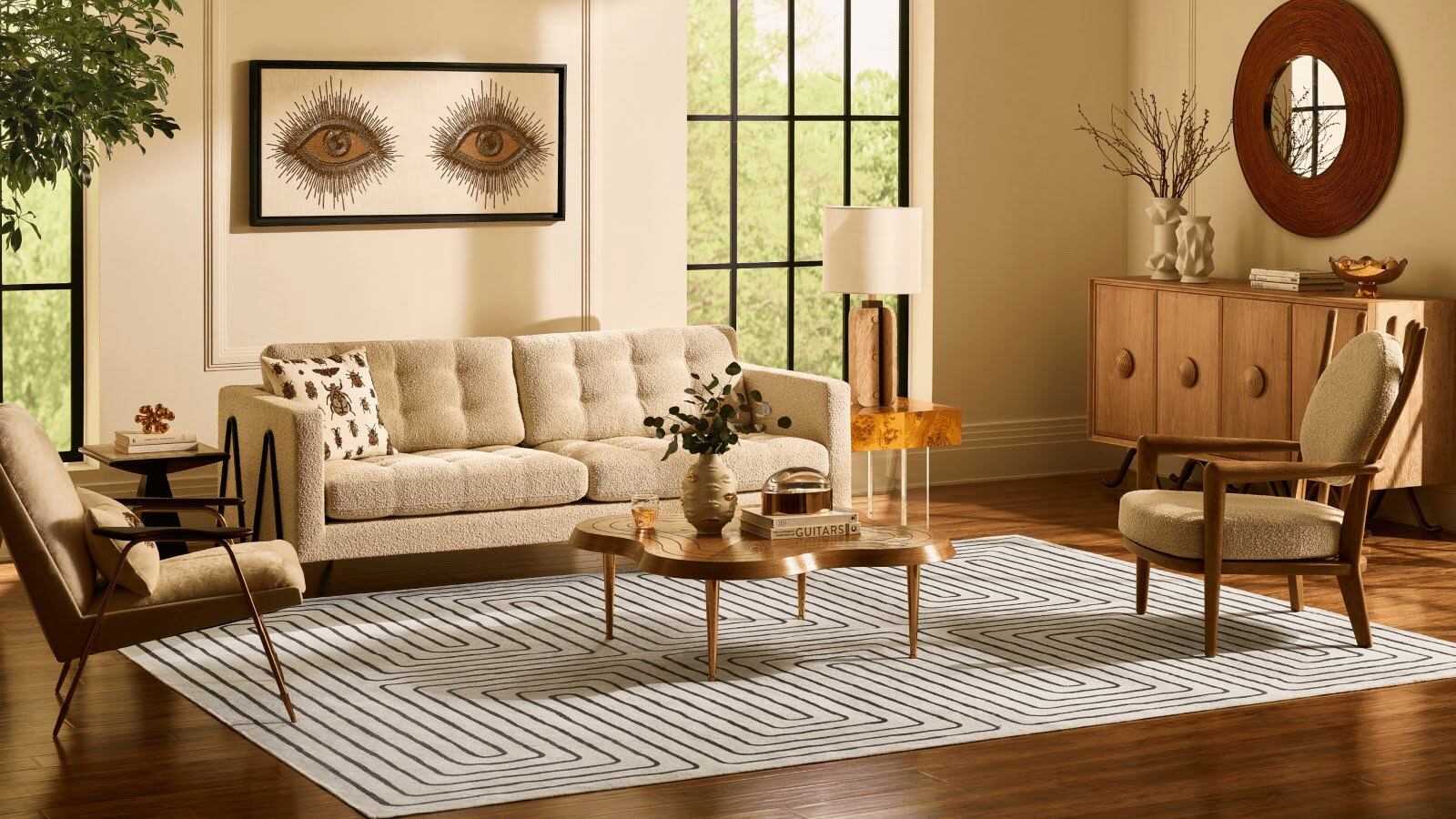
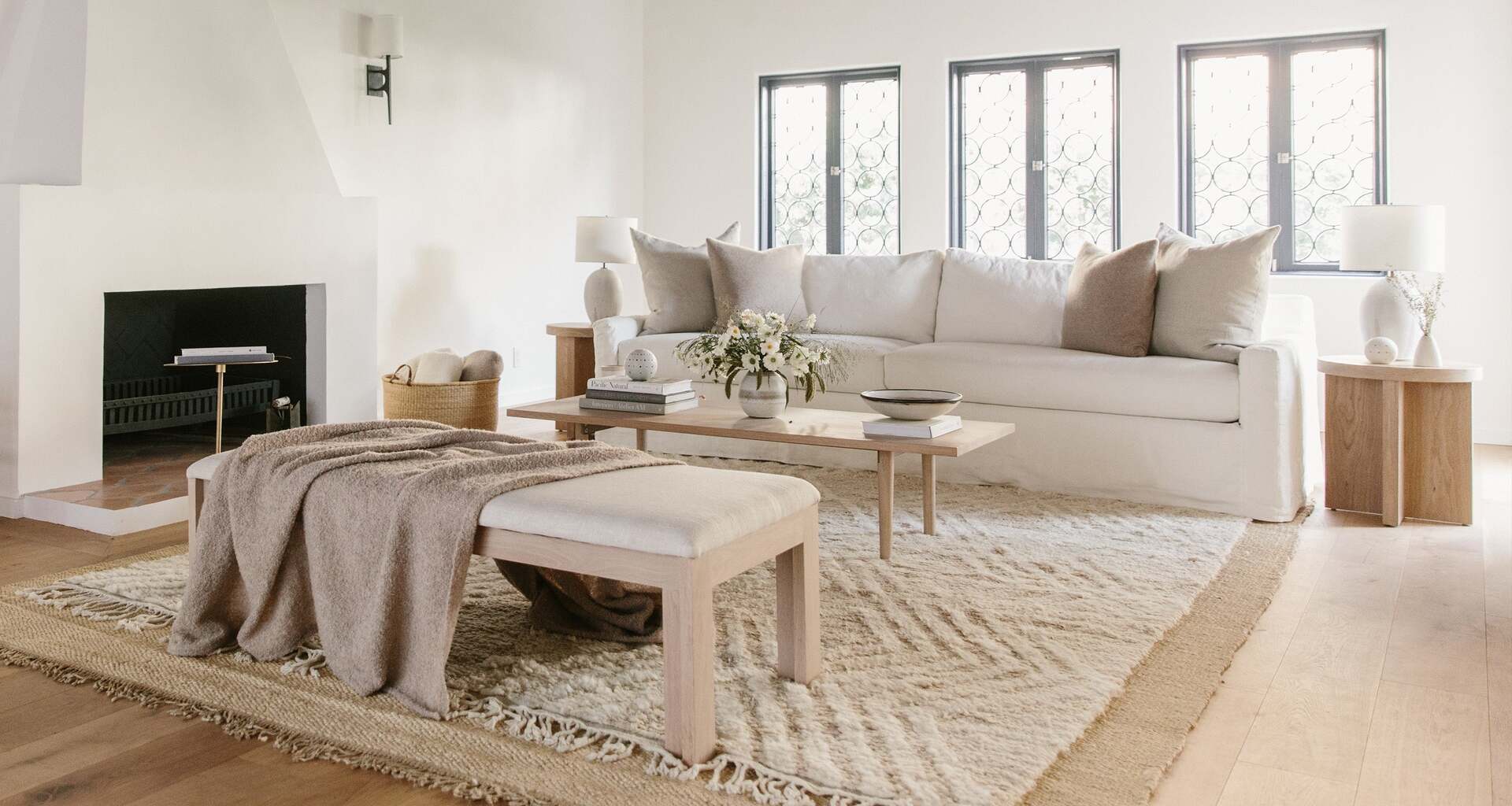

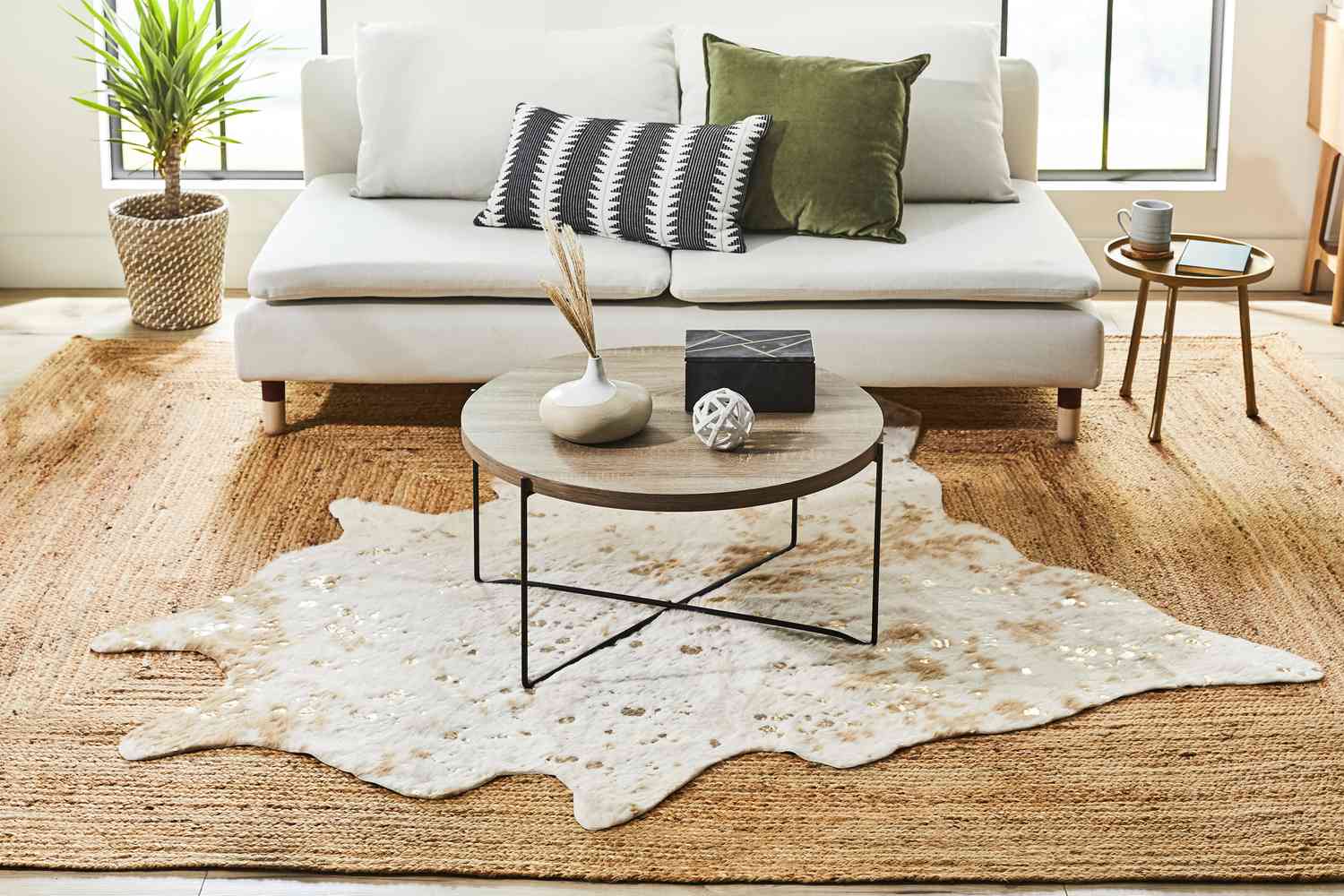
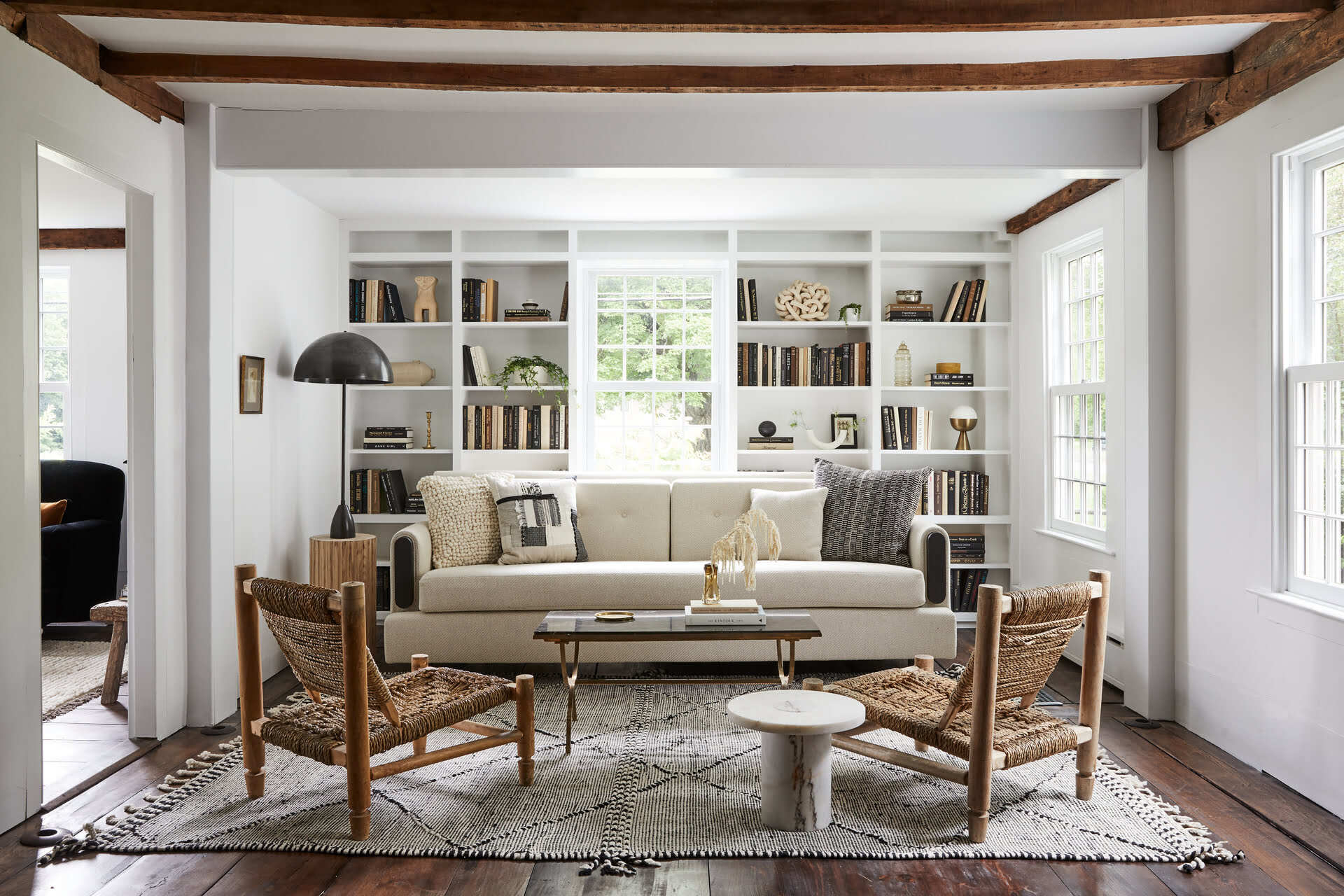
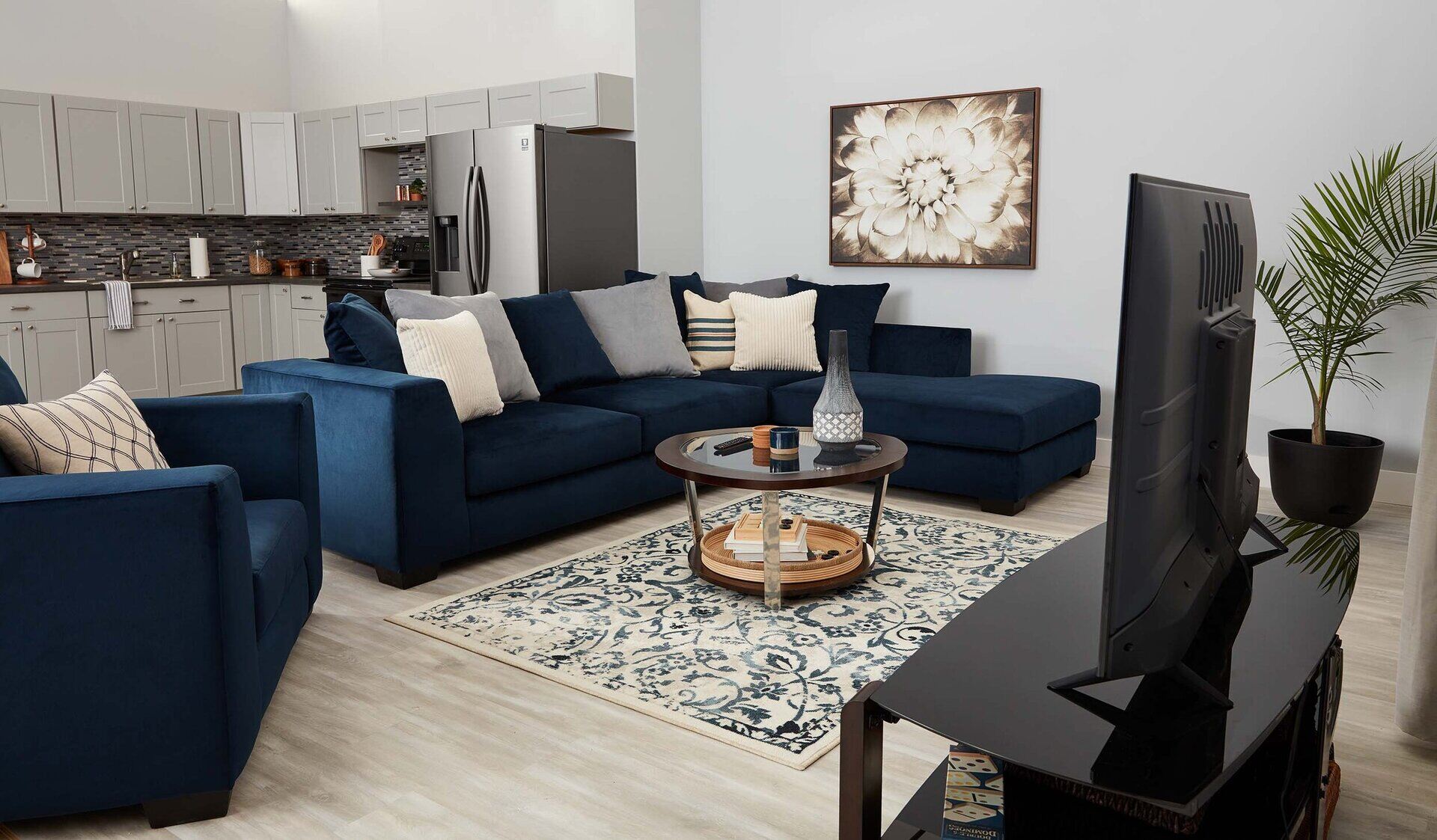
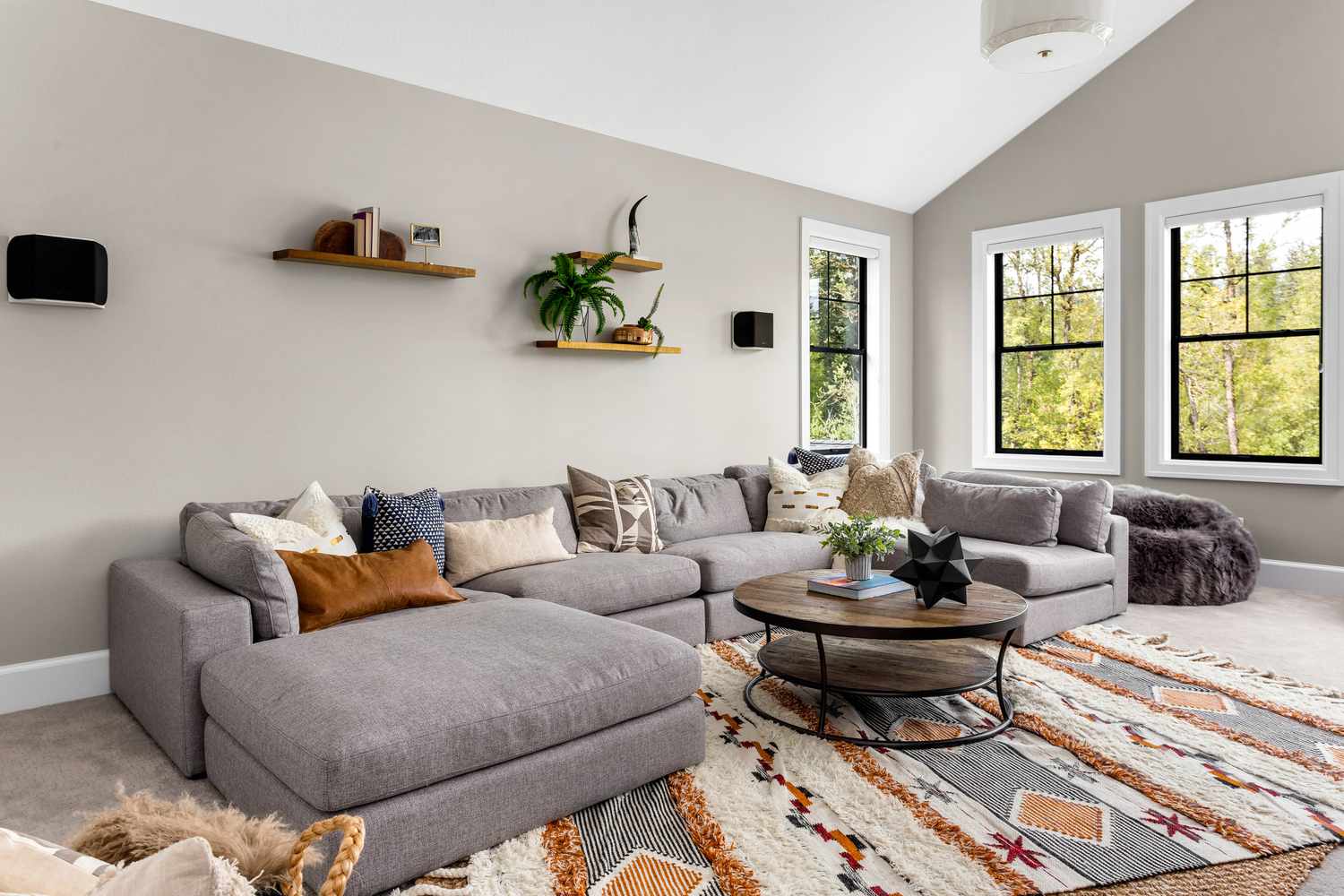
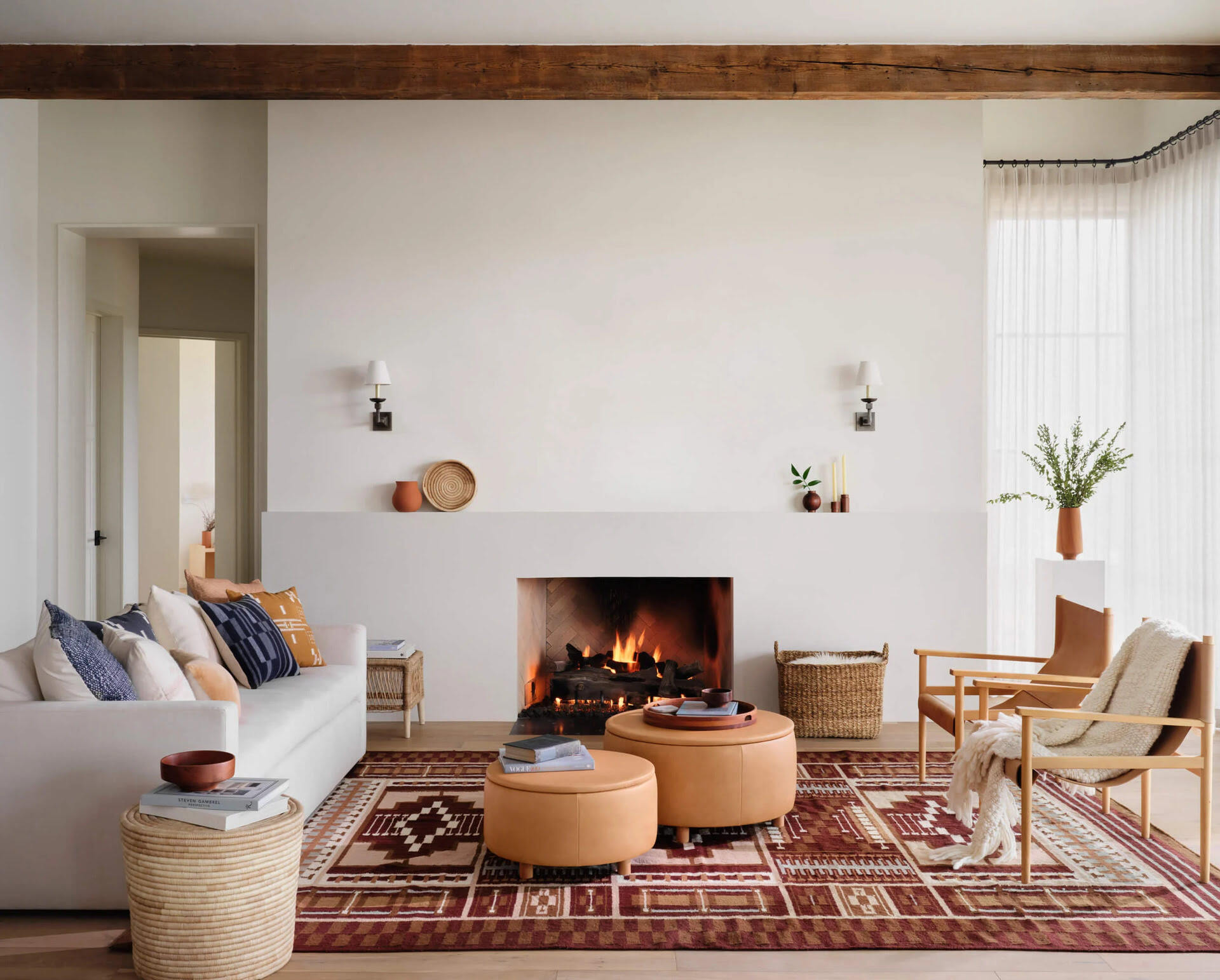
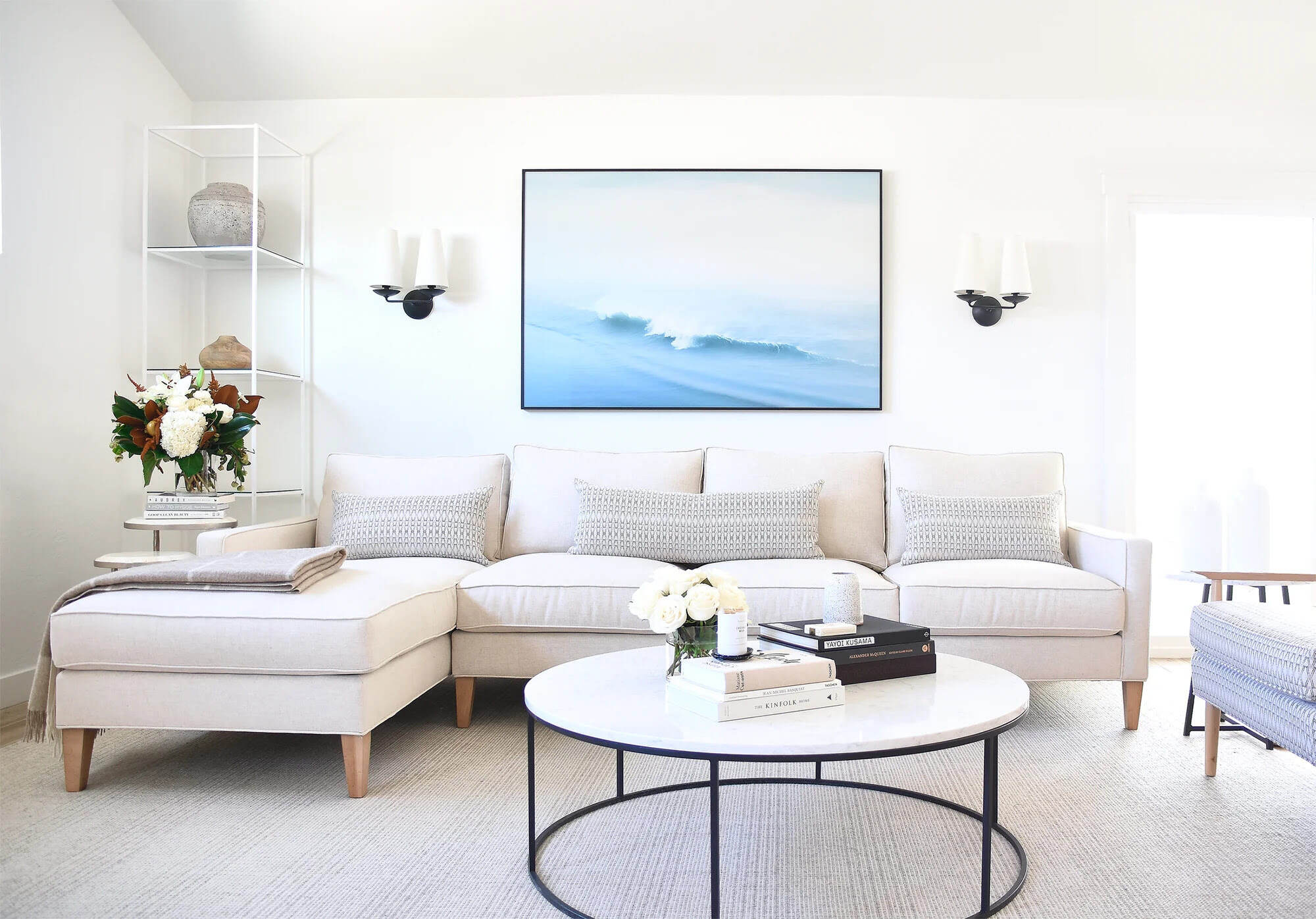
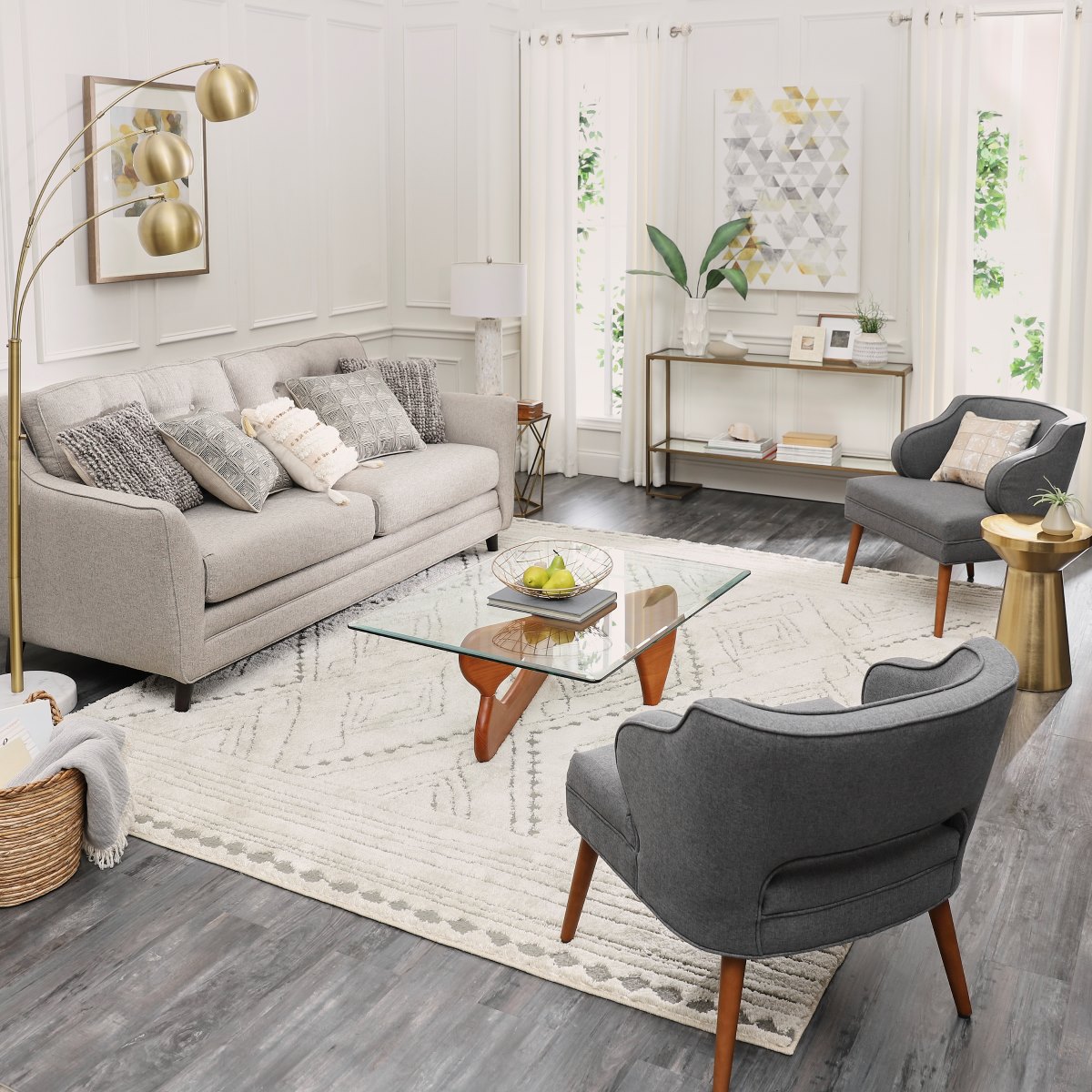
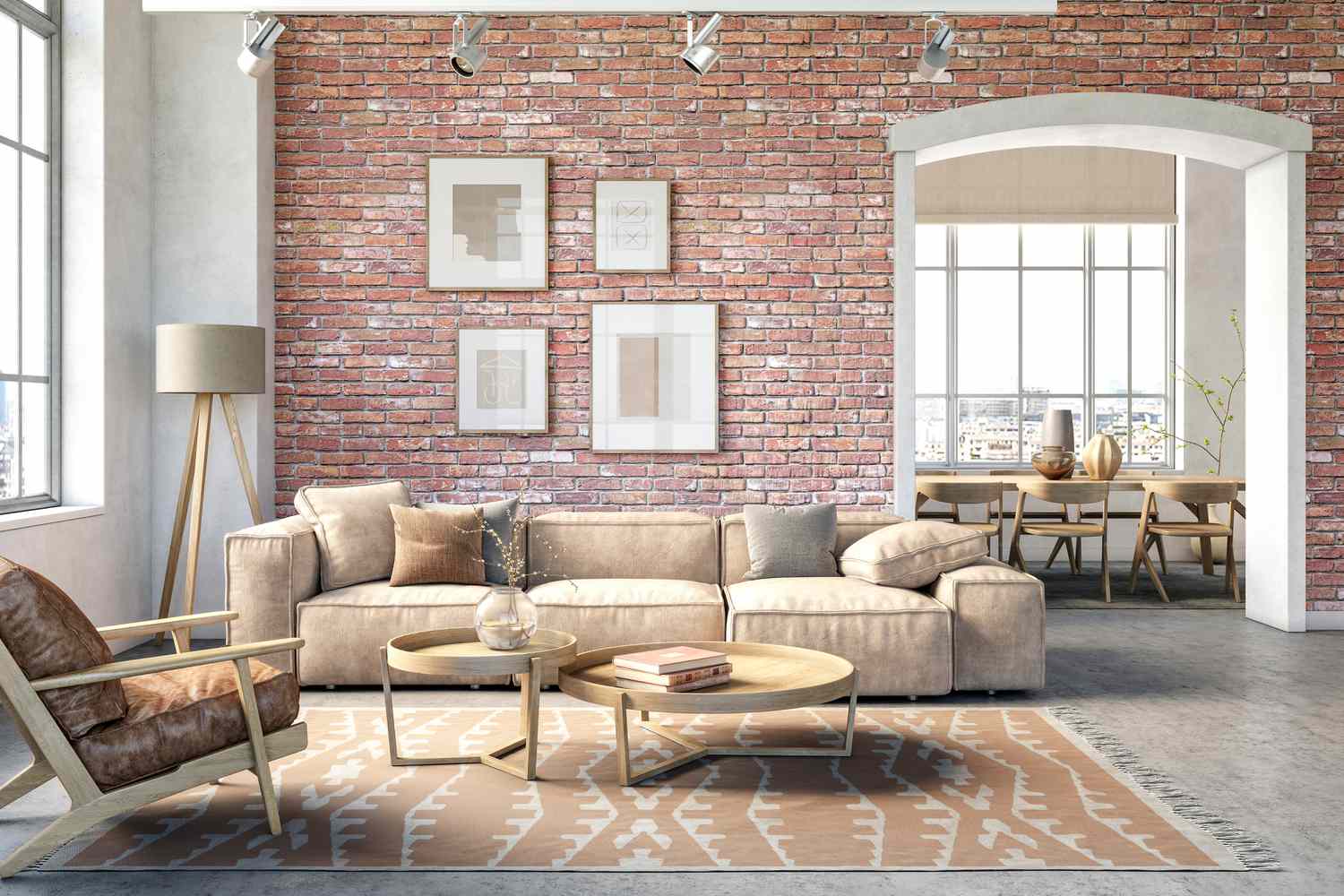
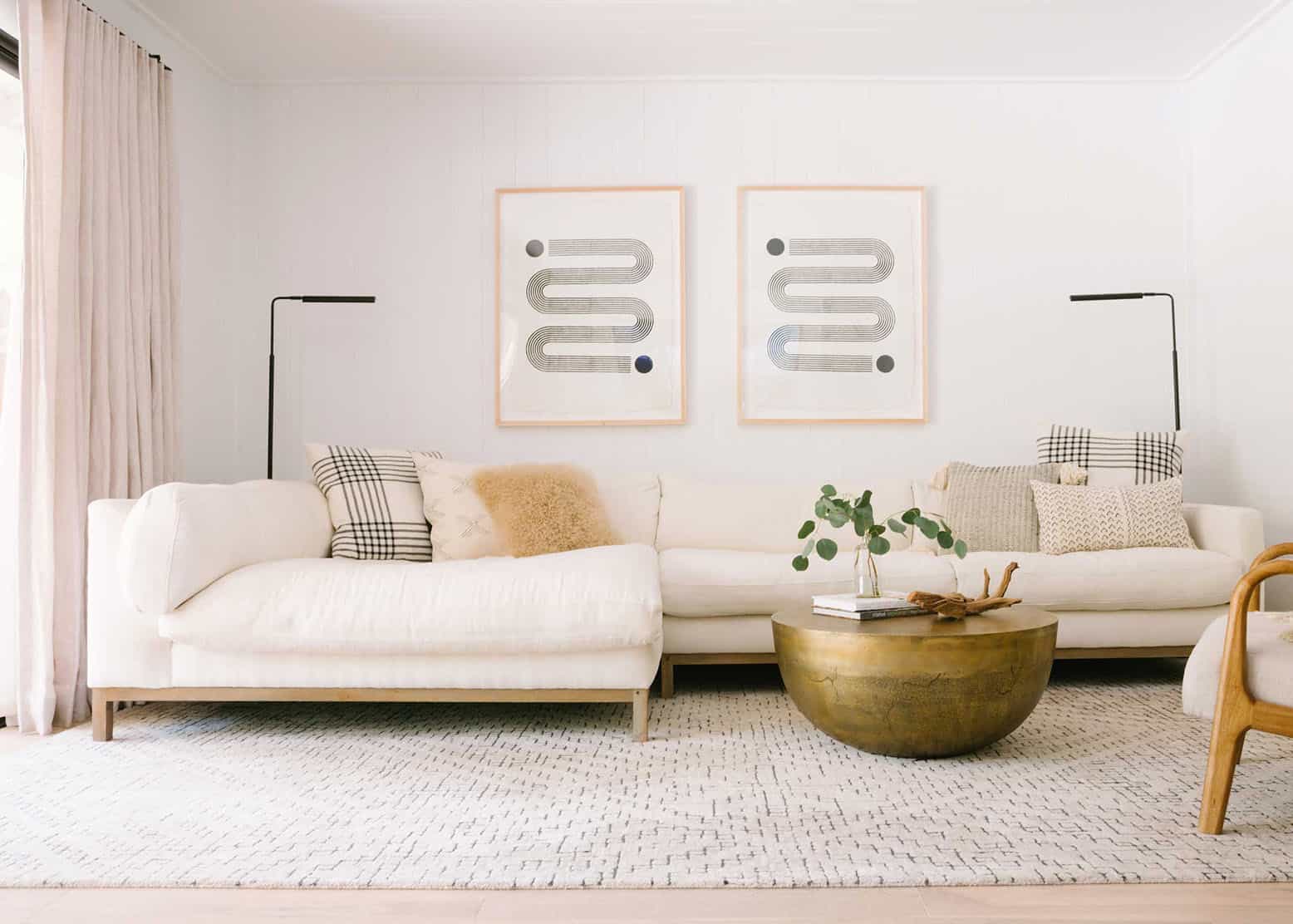
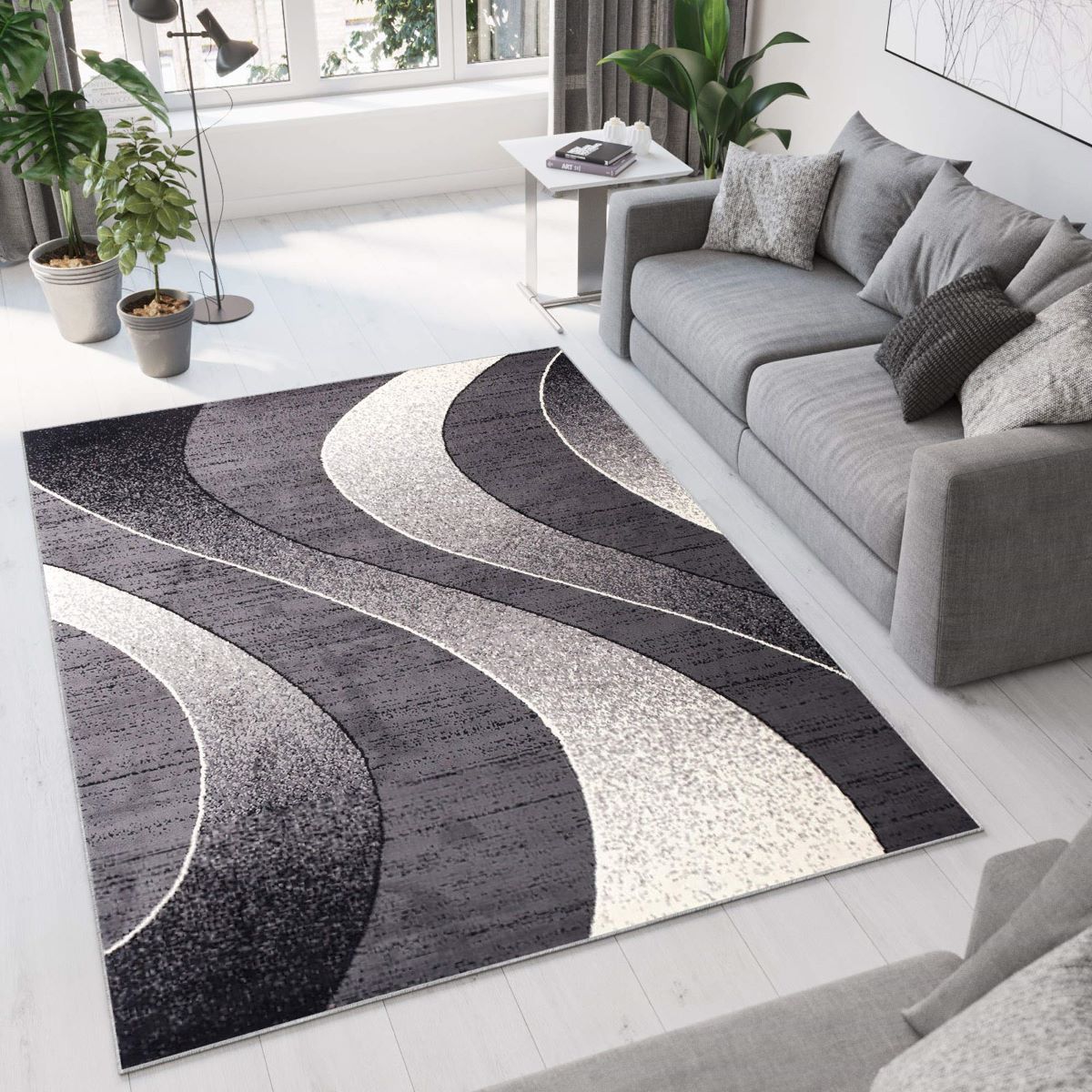
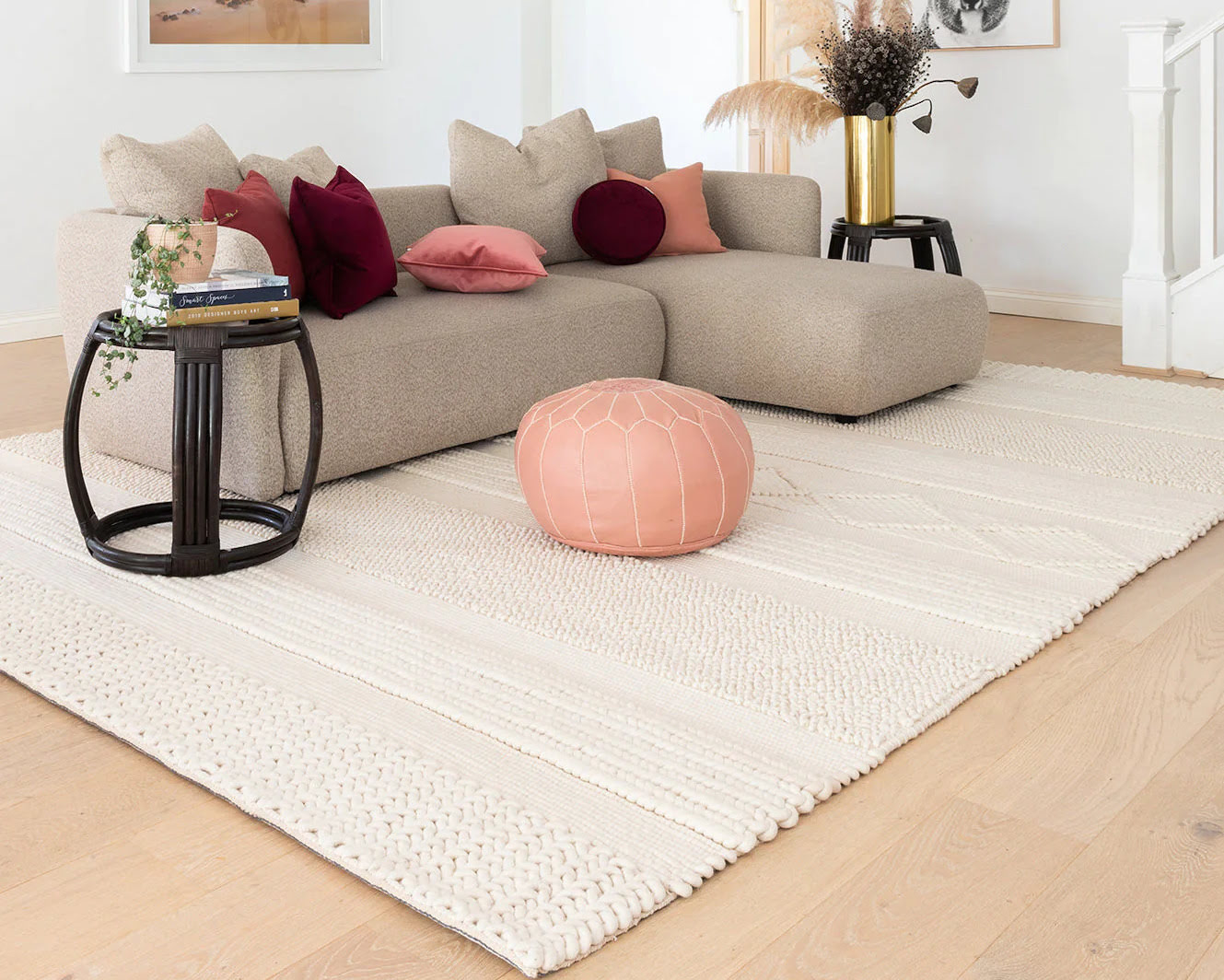

0 thoughts on “What Pile Rug Is Best For A Living Room”